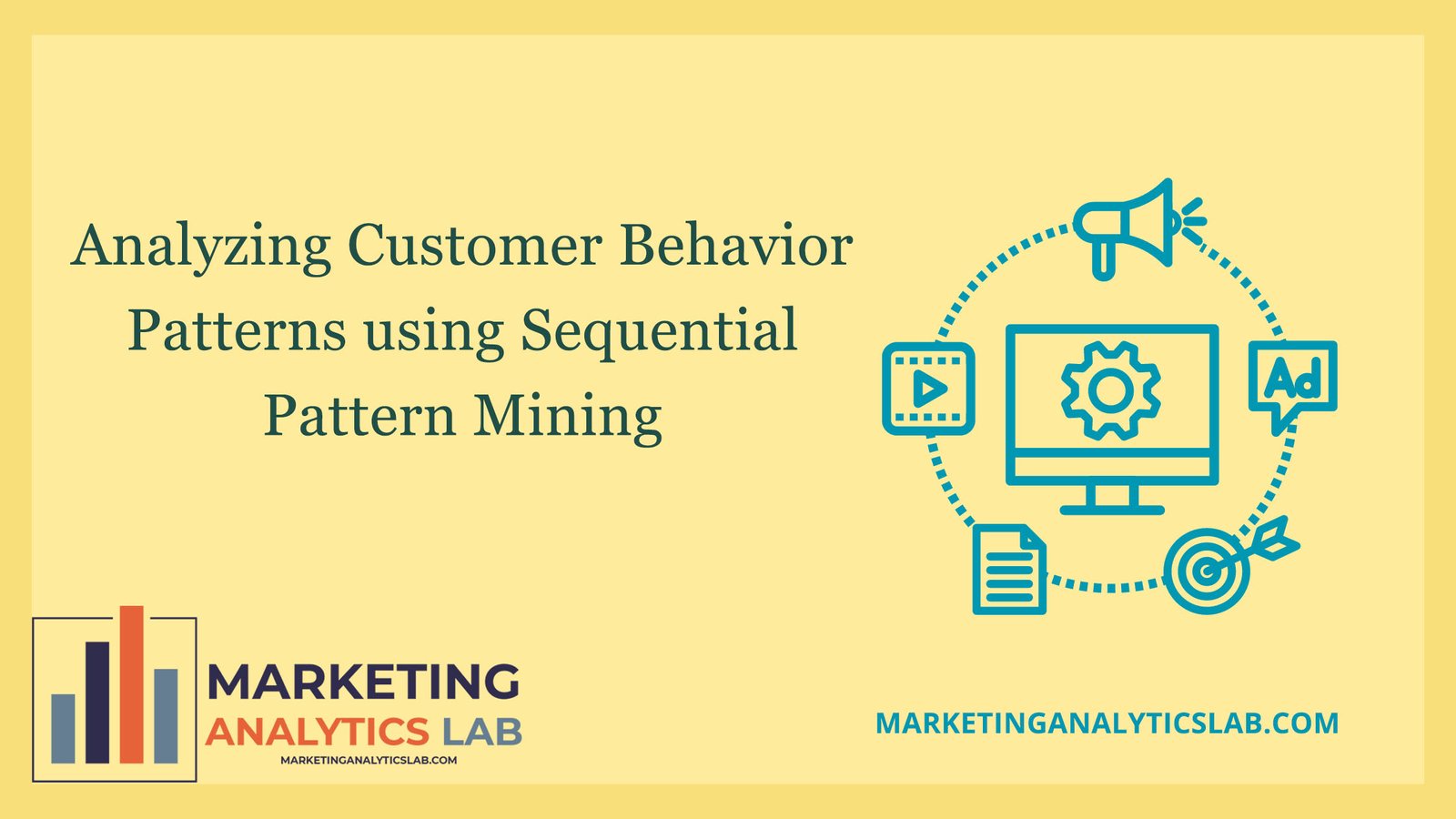Understanding Sequential Pattern Mining
Sequential pattern mining is a data mining technique used to discover patterns in sequences of data. In the context of customer behavior analysis, sequential pattern mining can be a powerful tool for understanding how customers interact with a business over time. By analyzing the sequences of actions that customers take, businesses can gain insights into their preferences, buying patterns, and overall behavior. This can help businesses tailor their marketing strategies, improve customer satisfaction, and ultimately increase sales.
One of the key challenges in sequential pattern mining is finding patterns that are both interesting and relevant. This requires algorithms that can efficiently search through large amounts of data to identify meaningful sequences. Common algorithms used for sequential pattern mining include GSP (Generalized Sequential Pattern), PrefixSpan, and SPADE. These algorithms work by examining the frequency and order of items in a sequence to discover patterns that are statistically significant.
In the context of customer behavior analysis, sequential pattern mining can be applied to a wide range of data sources, including website clickstreams, purchase histories, and social media interactions. By analyzing these sequences of actions, businesses can uncover valuable insights such as common paths taken by customers, frequently occurring sequences of events, and associations between different actions. This information can be used to personalize marketing campaigns, improve product recommendations, and enhance the overall customer experience.
Leveraging Customer Behavior Analysis
Customer behavior analysis is a critical component of any successful business strategy. By understanding how customers interact with a business, companies can better meet their needs, anticipate their preferences, and ultimately drive sales. Sequential pattern mining is a powerful tool for analyzing customer behavior patterns and uncovering insights that can inform business decisions. By identifying common sequences of actions taken by customers, businesses can optimize their marketing efforts, improve customer retention, and increase customer loyalty.
One of the key benefits of leveraging sequential pattern mining for customer behavior analysis is the ability to detect trends and patterns that may not be immediately apparent. By analyzing sequences of actions over time, businesses can identify changes in customer behavior, predict future trends, and proactively respond to shifts in the market. This can give businesses a competitive edge by enabling them to adapt quickly to changing customer preferences and stay ahead of the competition.
In addition to improving marketing strategies and customer satisfaction, sequential pattern mining can also be used to identify opportunities for cross-selling and upselling. By analyzing the sequences of products purchased by customers, businesses can identify patterns that suggest which products are often bought together or which products are likely to be of interest to certain customer segments. This information can be used to create targeted promotions, bundle products together, and increase overall sales revenue. Ultimately, by leveraging customer behavior analysis through sequential pattern mining, businesses can gain a deeper understanding of their customers and make data-driven decisions that drive business growth.

